It was an ordinary day in the garage when I stumbled upon a sight that no car enthusiast wants to see: leather seats overwhelmed by mold. As someone engaged in automotive design and engineering for years, I realized this was a turning point. Could this mold seriously ruin these beautiful seats? With my experience, I knew the repercussions of leaving such an issue unattended—the degradation of leather and deterioration of its value. But through trial, error, and diligent research, I discovered effective mold removal methods to restore leather seats to their former glory.
Join me as I unlock the secrets of thorough leather seat cleaning. Whether your vehicle has been parked in humid conditions or overlooked during seasonal checks, understanding and applying the right techniques can bring life back to your car’s interior. In this guide, I’ll share my comprehensive approach to tackling mold on leather car seats—an invaluable resource for anyone facing a similar predicament.
What is Mold and How Does it Affect Leather?
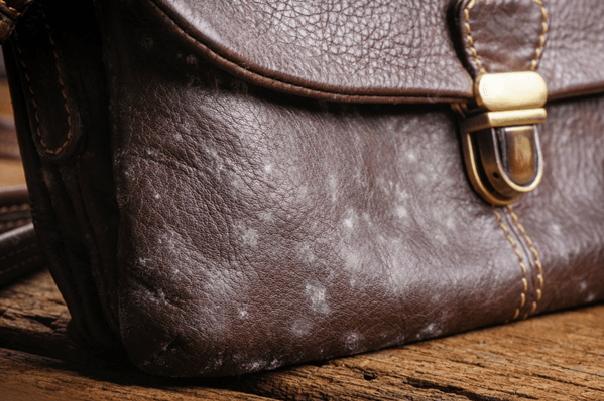
Mold is more than just an unsightly nuisance; as someone who has dealt with various materials in vehicle interiors, I’ve seen how mold spores can compromise the integrity of leather. In my early days as an engineer, I came across leather seats that had been damaged by mold due to prolonged moisture exposure. Mold is not just an aesthetic issue; did you know it can actually degrade the leather’s quality over time? This unwanted guest thrives in environments where moisture goes unchecked, gradually consuming organic materials and making leather brittle and less supple over time.
Leather, with its luxurious feel and natural durability, is particularly vulnerable to mold if not properly cared for. Imagine spending a fair amount on your car’s interior only to find that sinister spots have appeared, not just marring the surface but actually undermining its core strength. My firsthand experiences underscore the critical need for vigilance in maintaining leather, especially in enclosed environments like a car. Spotting mold early and understanding its potential damage can save your leather seats from becoming another victim of its silent attack.
Recognizing mold’s presence is the first step in combatting it. This knowledge arms you not only with awareness but also with motivation to act swiftly—a key theme we’ll explore further as we delve into why and how you should remove mold from leather car seats effectively.
Why You Should Remove Mold from Leather Car Seats
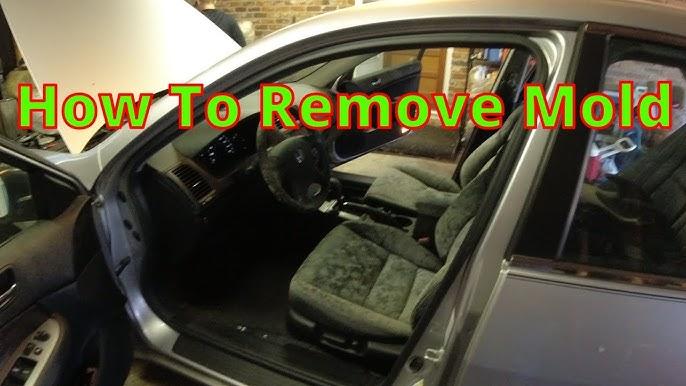
As someone who’s spent countless hours maintaining cars and advising owners, I’ve seen firsthand how small details make all the difference. Ignoring mold might cost you more than just aesthetics – it can lead to significant depreciation in your car’s value! This isn’t just about keeping your leather seats looking pristine; it’s about protecting your investment. Mold left unchecked can damage the leather, making it brittle and weak. I’ve often witnessed vehicles at dealerships where leather repairs doubled because of neglect, and owners confessed it affected their resale negotiations.
Imagine the difference in appeal between a car with spotless seats and one with moldy, stained leather. The former speaks volumes of care and maintenance, often translating into a higher price tag. When advising clients, I emphasize this perspective; preserving the condition of leather seats is a crucial part of car ownership that pays off in numerous ways. By acting promptly, we not only maintain our vehicle’s aesthetics but safeguard its long-term value. Trust me, when it comes to mold, a proactive approach means fewer expenses and headaches down the line.
When to Remove Mold from Leather Car Seats
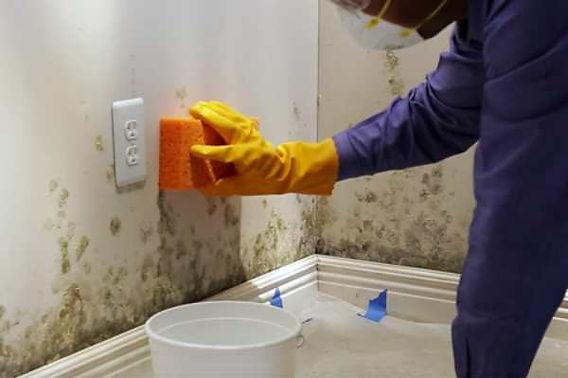
In my experience, the best time to tackle mold is at the first sighting. Mold doesn’t just appear out of nowhere; it gradually builds up, often due to moisture traps or leaks. If you wait too long, you might be setting yourself up for a far more extensive cleanup than anticipated. This reminds me of a classic car restoration I was involved with. The owner ignored a tiny leak, and soon, mold had spread across the beautifully preserved leather seats. It was a harrowing reminder of the importance of acting swiftly.
How quickly can mold spread in your car’s interior? The answer might surprise you! Mold can become visible on leather surfaces in mere days, especially in humid conditions. If you spot even the slightest speck, it’s critical to start the cleaning process immediately. Acting promptly not only improves the cleaning process but significantly reduces the risk of long-term damage to your prized interiors. Mold can affect the texture and appearance of leather if left unchecked, leading to irreversible degradation. So, always keep a watchful eye and be prepared to spring into action at the first sign of trouble. Addressing these issues early can save you unnecessary headaches later, preserving the beauty and value of your vehicle.
Where to Find the Best Products for Mold Removal
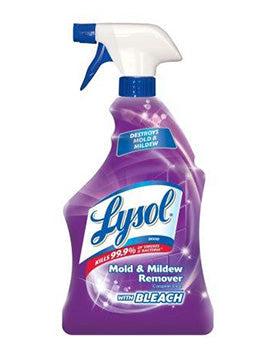
When you’re dealing with the unwelcome guest of mold on leather car seats, finding the right product is crucial. Over the years, I’ve fine-tuned my approach, and I can’t stress enough how vital it is to choose products carefully. With my background in automotive engineering and practical experience, I can assure you that not all cleaning solutions are appropriate for every situation. I learned this the hard way when a seemingly standard cleaner ended up damaging a vintage leather seat instead of reviving it. Did you know some everyday household items can effectively combat mold on leather without damaging it? This was a game-changer for me. Surprisingly, items like white vinegar and rubbing alcohol can be household heroes when tackling mold, as long as they’re used correctly and sparingly.
Despite having experimented extensively with commercial brands, it’s often a well-chosen mix of both store-bought and DIY solutions that yield the best results. Always look for products explicitly designed for leather, steering clear of anything too abrasive. This strategy not only preserves the material but also enhances its longevity. And remember, thorough research and reading reviews can go a long way in ensuring you choose the right product. Ultimately, it’s about adapting and finding what suits your specific leather and mold situation best.
How to Remove Mold from Leather Car Seats
Step 1: Preparing for the Cleanup
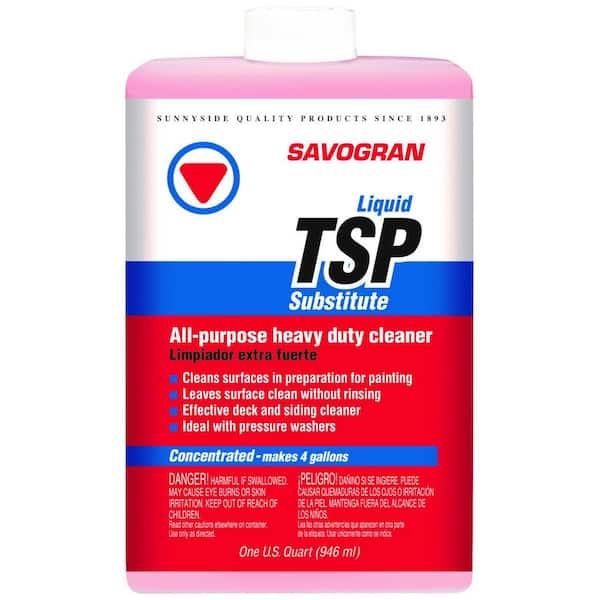
Preparation is half the battle – are you ready to tackle mold effectively? As someone who has wrestled with mold in my customized Jeep during a relentless rainy season, I can attest that preparation is paramount. This initial step in the mold removal process is not just about gathering the essentials but also about setting the stage for effective intervention.
To begin, ensure you have all necessary tools on hand. This includes high-quality cleaning solutions, microfiber cloths, and, crucially, a soft-bristled brush designed for deep cleaning leather seats. Trust me—having these at your fingertips can save you time and prevent further damage to your vehicle’s interior.
Next, establish proper ventilation to avoid inhaling harmful mold spores. Nothing derails a cleanup like poor air quality. Opening the car doors and windows is a simple yet effective step, underpinning the importance of the proper environment for both safety and efficiency. This planning phase is your foundation for the surface cleaning techniques that follow.
Step 2: Applying Cleaning Solutions
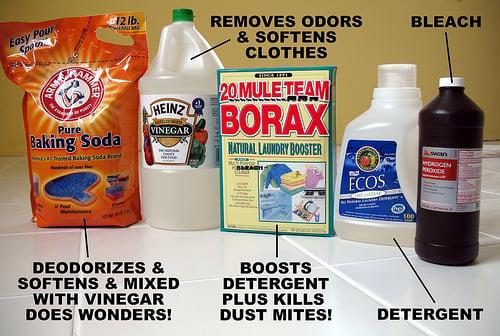
You’ve assessed the situation and gathered your supplies, ready to tackle the mold on your leather car seats. Now, it’s time for Step 2: Applying Cleaning Solutions. What cleaning solution is more effective: vinegar or commercial cleaners? Let’s find out! Through years of experience, I’ve experimented with different cleaning solutions for leather, striving to balance mold removal efficacy with leather preservation. In one project, I tried a vinegar solution I read about. To my surprise, it worked wonders on stubborn mold while being gentle on the leather—truly a hidden gem in mold removal methods.
Before diving in, testing a small area first can help avoid disastrous results. Applying cleaner directly using a soft cloth or sponge, lightly working it into the leather using circular motions, prevents damage and ensures even coverage. For those persistent spots, commercial cleaners can serve as effective allies. They are formulated specifically for leather, often containing mold-busting agents without compromising texture or color.
Mastering this step ensures your leather seats aren’t just clean, but well cared for, paving the way for the all-important third step: Conditioning the Leather.
Step 3: Conditioning the Leather

What’s the secret to keeping leather looking new after cleaning? It’s all in the care! After handling the mold with precision, we arrive at a crucial phase often overlooked—conditioning. My experience has taught me that skipping this step can lead to disaster, as I found when a client came in with dry, cracking leather due to a neglected follow-up. Applying a good leather conditioner after cleaning not only revives the material but creates a protective shield against future mold. This step is vital for preserving the leather’s integrity and ensuring lasting vibrancy. Neglected care now pays dividends later!
Tips for Preventing Mold on Leather Car Seats
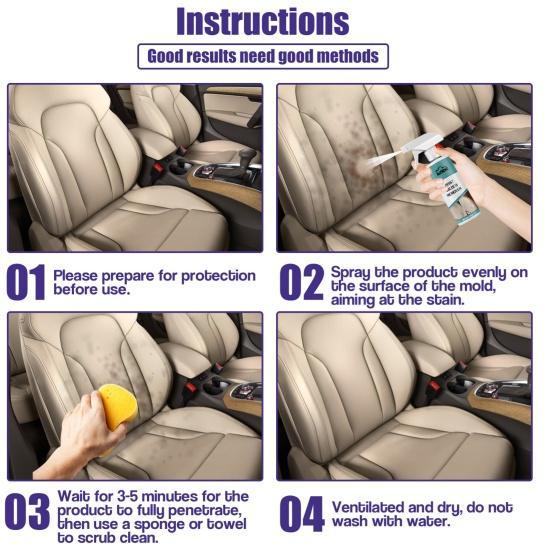
Through my years in automotive engineering, I’ve discovered that preventing mold is just as crucial as removing it. Having witnessed vehicles that were otherwise meticulously maintained but still developed mold due to simple oversights, I’ve had ample opportunity to refine my preventative strategies. What if I told you the best mold prevention methods could be surprisingly simple and cost-effective? It’s true. With just a few thoughtful practices, you can dramatically reduce the risk of mold on your leather car seats.
First and foremost, ventilation is key. I once visited a vehicle that was consistently kept clean but often fell victim to mold because of poor airflow. To counter this, I recommend keeping your windows slightly cracked on dry days. This allows stagnant air to circulate and moisture to escape.
Additionally, avoid leaving damp items like wet clothes or umbrellas inside your car. These can introduce moisture, creating an ideal environment for mold growth. Another effective preventative measure is the use of desiccant packs. These absorb moisture from the air, acting as an excellent defense against humidity.
Regularly conditioning your leather seats is also a prudent practice. By keeping the leather supple, you help prevent cracks and crevices that can trap moisture and breed mold. With these simple and diligent steps, you can protect your car’s interior, ensuring the longevity and cleanliness of your leather seats.
FAQs
What tools and materials do I need to remove mold from leather car seats?
How do I prepare leather car seats before cleaning mold?
What is the step-by-step process for cleaning mold off leather car seats?
How can I prevent mold from growing again on leather car seats?
Is mold removal necessary for all types of leather car seats?
Conclusion
Ready to keep your leather car seats in pristine condition? Here’s the final word of advice!
Reflecting on my engineering years, I’ve learned that adapting and evolving is key, especially when it comes to automotive maintenance. Both mold removal methods and prevention strategies are crucial for maintaining the integrity of your leather seats. Mold can deteriorate those beautiful and luxurious car interiors if not addressed swiftly, affecting not only aesthetics but the material’s longevity.
Understanding when to employ effective removal techniques and knowing where to find the best products can drastically enhance their condition. I’ve seen enough damage to know that a little consistent care goes a long way. The best approach is one that combines vigilant maintenance with prompt action. Don’t let negligence disfigure your prized vehicle’s interior—be proactive!
This comprehensive guide arms you with the knowledge to tackle any mold challenge head-on. It’s about acting fast and caring consistently to enjoy long-lasting, clean, and inviting leather seats.